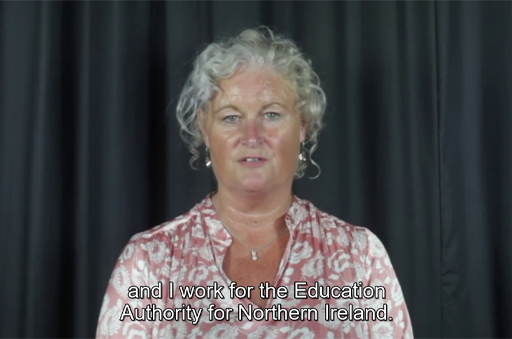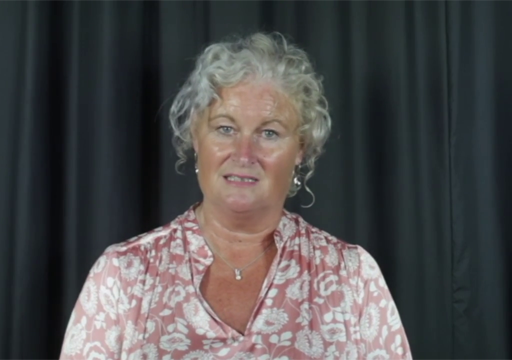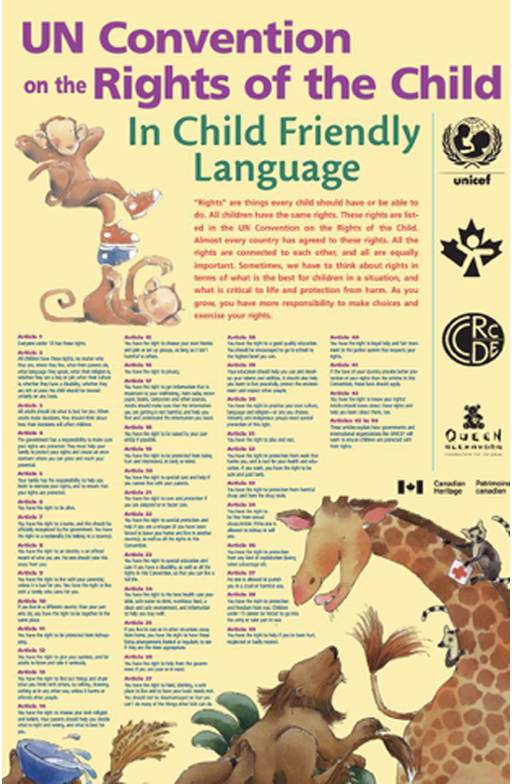1 What do we mean by ‘children’ and ‘young people’?
The National Police Chiefs’ Council’s National Strategy for the Policing of Children & Young People focuses on young people ranging from birth to the age of 24. In particular they break the population of children and young people down into three distinct groups:
- Those aged under 10
- Those aged between 10 and 17 years of age
- Those aged between 18 and 24 years of age
Activity 1 Defining ‘children and young people’
In this clip, Arlene Kee of the Education Authority of Northern Ireland discusses what is meant by the term ‘children and young people’ and why it is important for police and others providing social and community services to engage with children and young people.
As you watch the clip, reflect on the key points made and think whether you would define the term ‘children and young people’ in the way that Arlene Kee does.

Transcript: Video 1 Arlene Kee
Discussion
It is important to recognise that while in many ways children may seem more mature than in years gone by, for both social and legal reasons the definitions of ‘children and young people’ have not changed significantly. In addition, and as Arlene Kee outlines, children and young people have unique needs which means that it is important for policing and others providing services to ensure that they consider all children and young people.
This course focuses specifically on children and young people under the age of 17. This is for a number of reasons, not least because it aligns with general social and legal norms relating to adulthood and the age of majority. This also aligns with the United Nations Convention on the Rights of the Child (UNCRC), an internationally binding treaty to which 196 countries, including the United Kingdom, are party to. In particular, Article 1 of the United Nations’ Convention on the Rights of the Child states that:
For the purposes of the present Convention, a child means every human being below the age of eighteen years unless under the law applicable to the child, majority is attained earlier.
Box 1 What is the UN Convention on the Rights of the Child?
The Convention has 54 articles that cover all aspects of a child’s life and sets out the civil, political, economic, social and cultural rights that all children everywhere are entitled to. It also explains how adults and governments must work together to make sure all children can enjoy all their rights.
Every child has rights, whatever their ethnicity, gender, religion, language, abilities or any other status.
The Convention must be seen as a whole: all the rights are linked and no right is more important that another. The right to relax and play (Article 31) and the right to freedom of expression (Article 13) have equal importance as the right to be safe from violence (Article 19) and the right to education (Article 28).
…
The UNCRC is also the most widely ratified human rights treaty in the world – it’s even been accepted by non-state entities, such as the Sudan People’s Liberation Army (SPLA), a rebel movement in South Sudan. All UN member states except for the United States have ratified the Convention. The Convention came into force in the UK in 1992.
Summary of the UN Convention of the Rights of the Child [Tip: hold Ctrl and click a link to open it in a new tab. (Hide tip)] .
Activity 2 Challenges engaging with children and young people
In this clip, Arlene Kee of the Education Authority of Northern Ireland continues her discussion of children and young people. In particular she focuses on some of the challenges engaging with children and young people and how police and others providing services can engage more effectively.
As you watch the clip, reflect on the key challenges engaging with children and young people highlighted by Arlene Kee.

Transcript: Video 2 Arlene Kee 2
Discussion
While there can be many challenges engaging with children and young people, as Arlene Kee highlights in these two clips, it is crucially important that police and others providing social and community services of all kinds continue to do so in an effective manor.

